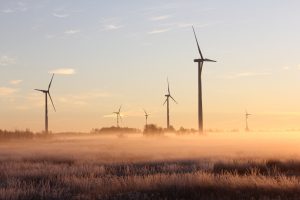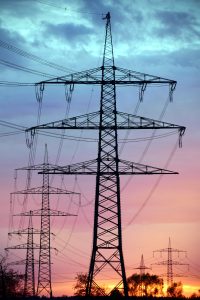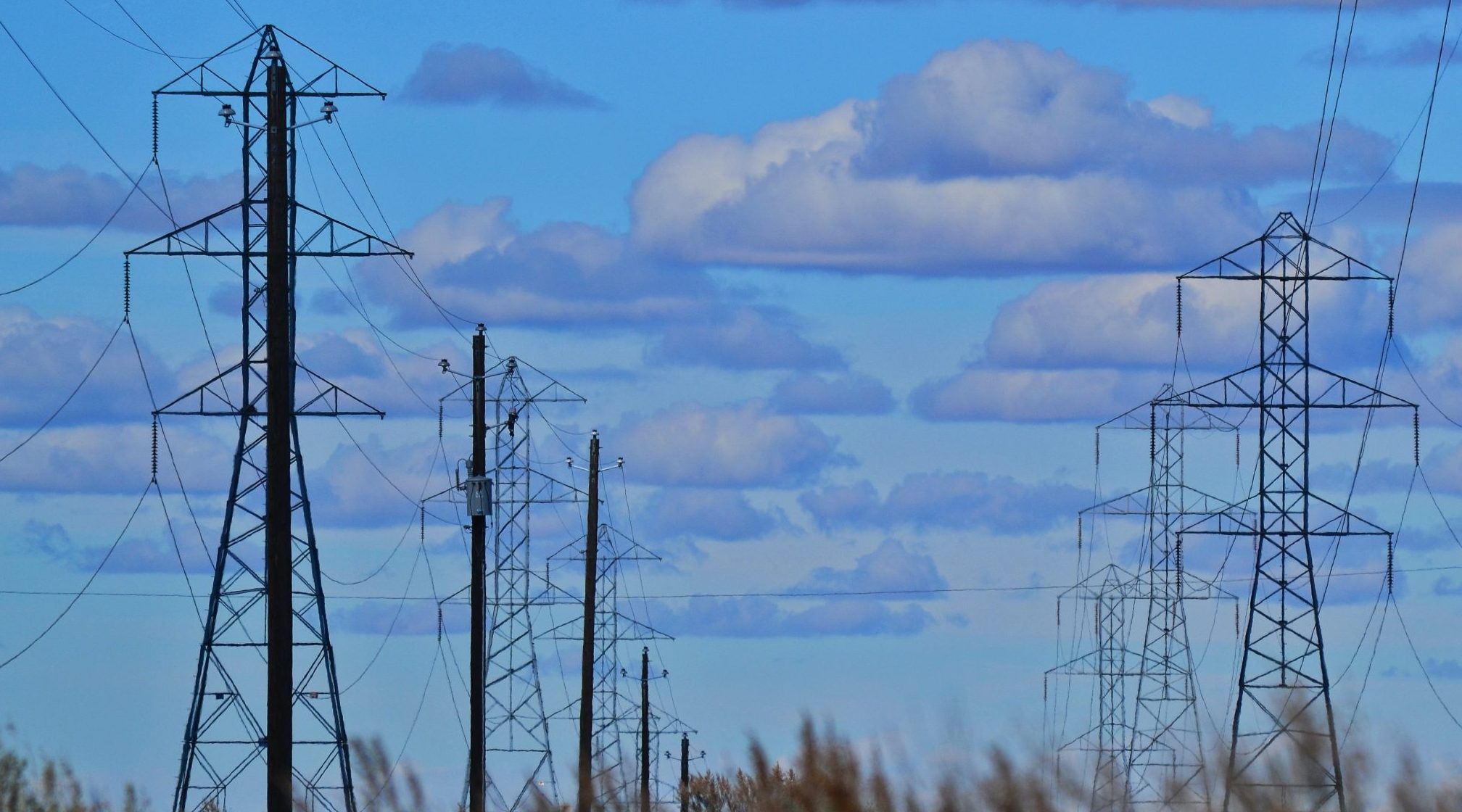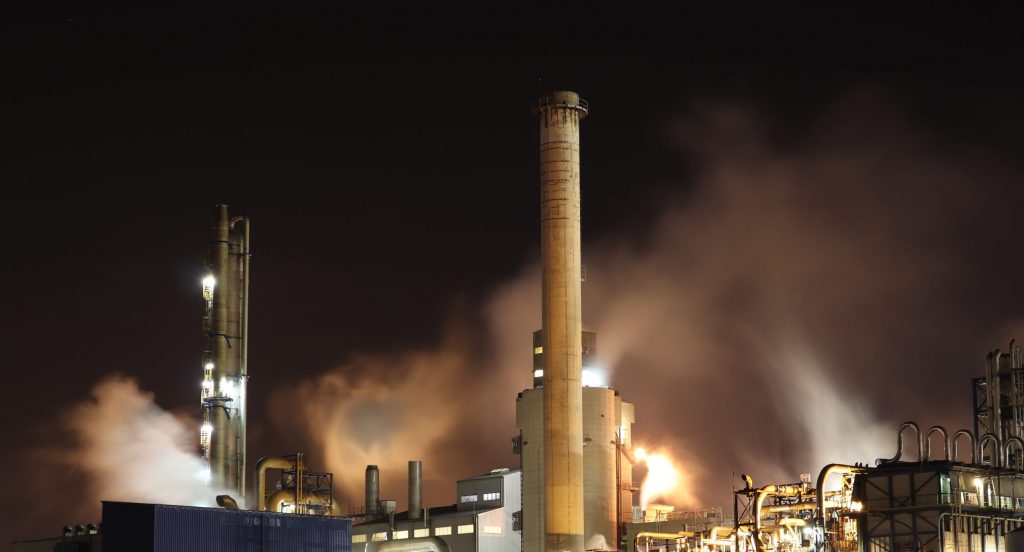Reversing its post-2011 slump when the country was prone to regular blackouts for residential consumers and forced factory closures, the Egyptian energy sector has re-emerged as a veritable powerhouse, now boasting a surplus of electricity.
 Deputy Minister of Finance Ahmed Kojack says the government allocated about EGP 57 billion ($3.5 billion) this fiscal year to establish renewable energy infrastructure, upgrade fossil fuel facilities and take the country into its new age of energy. Industry experts say electricity will be a growth engine for the foreseeable future in tandem with the country’s booming oil and gas sector.
Deputy Minister of Finance Ahmed Kojack says the government allocated about EGP 57 billion ($3.5 billion) this fiscal year to establish renewable energy infrastructure, upgrade fossil fuel facilities and take the country into its new age of energy. Industry experts say electricity will be a growth engine for the foreseeable future in tandem with the country’s booming oil and gas sector.
“The idea is to start selling electricity to other countries. Right now, we have an electricity surplus of 20 gigawatts. It’s the immediate result of the Siemens project, which added [over] 12 gigawatts to the grid,” says Sherif El Helwa, chairman of IQ Power, a solar energy development company, with branches in Egypt and the United States.
Working to harness its newfound potential, Egypt is on the cusp of a comprehensive energy revolution. However, connecting with its energy-deficient sub-Saharan neighbors and Europe remains a challenging endeavor due to key regulatory, diplomatic and technical issues.
Electric progress
Siemens’ massive $6.7 billion, 4,800-megawatt combined-cycle power stations in the New Administrative Capital, Beni Suef and Burullus will add 14.4 gigawatts to the national grid. These combined-cycle plants produce as much as 50 percent more electricity from the same amount of fuel as traditional plants.
Such keystone projects, in collaboration with the Ministry of Electricity and Renewable Energy and consortium partners Orascom Construction and Elsewedy Electric, will generate enough power for 40 million people.
Wael Daoud Hamdy, vice president of Elsewedy Electric, outlined his firm’s ambitions in the region to become the region’s biggest player during the World Energy Congress held in September. “We are now working on strengthening our position in our markets, which is more than 35 countries of operation today and 110 countries as export destinations for our services and products,” says Hamdy, who highlighted efforts to reinforce the company’s existing foothold in Europe.
“We are focusing on the UN’s sustainable development goals, and so far we have our technology division developing smart solutions for energy management—widely used in different countries in Europe and the Middle East—in helping to make energy and electricity an affordable cost available to as many consumers as possible.”
Egypt also invested $2.7 billion in an emergency program of gas-turbine installations with a total capacity of 3,636 megawatts. That comes as the government seeks to double the share of renewables in its energy portfolio to 20 percent by 2022.
With nine to 11 hours of sunlight per day, Egypt has one of the best climates for solar power in Africa and is building what will reportedly be the world’s largest solar installation. The new solar park at Benban in Aswan is expected to produce as much as 2 gigawatts of electricity, nearly equivalent to what the Aswan High Dam generates.
Multinationals like Siemens and British Petroleum (BP) also are investing, along with local and foreign consortium partners, to the tune of $6 billion and $2 billion, respectively.
In January, Tarek el Molla, the Minister of Petroleum and Mineral Resources, underscored aspirations to power sub-Saharan Africa and Europe, saying that “technology has become a vital factor in facilitating this transformation.”
Meanwhile, the Minister of Electricity and Renewable Energy, Mohamed Shaker, underscored Egypt’s emergence as an energy hub for international interconnectivity as the country’s “main strategy for the future.”
On the regional grid, Egypt is connected to Palestine, Israel, Libya, Jordan, Saudi Arabia, and most recently, Sudan, Shaker explained at a July 2nd AmCham luncheon meeting. “We plan to export electric energy to neighboring countries and [soon] we definitely will be exporting energy to these countries and Europe as well.”
Last year, Egypt and Saudi Arabia signed a $1.6 billion deal to share a 3-gigawatt electricity cable to help each country mitigate peak demand shortfalls.
The Egyptian Electricity Transmission Co. (EETC) contracted Siemens to supply the country’s first digital power transformer. This upgrade would boost reliability and efficiency from Kafr el Sheikh and Zagazig in the Delta.
The power sector is moving toward comprehensive digitization of energy transmission to improve the network’s security, sustainability and efficiency. New policies would also pave the way for the private sector to invest in traditional and renewable energy and smart networks, as well as enhance transparency and governance.
El Helwa of IQ Power says those projects “are part of a larger global plan to interconnect countries so they can exchange electricity when there are shortages and the need arises, depending on the inflow of investments and industrial activities.”
He lists vital developments, including the 150-megawatt connection with Libya and 500-megawatt project with Jordan, and highlights projects under construction such as the Saudi Arabia-Egypt connection and the 300-megawatt link with Sudan.
Known to insiders as LEG1, the undersea project that would link Tobruk in Libya, Saloum in Egypt and Crete in Greece, is another potential milestone in the plan to eventually supply electricity to Europe.
“It is not under construction yet, but it has been approved, and the European Commission has allocated its budget,” according to El Helwa, who cites the volatile situation in Libya and other political considerations as reasons why Egyptian approval remains pending.
Furthermore, “the Cyprus and Egypt MoU aims to install a submarine cable between Damietta and the island. The project [should] be completed in 10 to 15 years,” says El Helwa, the chairman of the $2 billion projects to connect Europe and Africa.
Gas goals
Egypt’s recent natural gas output peaked in 2011 at 59.1 billion cubic meters, before declining to 40.3 billion cubic meters in 2016. By 2017, that number went up to 49 billion cubic meters, and last year surged to 62.2 billion cubic meters.
According to El Molla, foreign investment in oil and gas reached about $10 billion in FY 2017/2018, 25 percent more than the previous year. That is mainly due to major discoveries in the Mediterranean Sea.
When fully on-stream in 2019, combined production from all three phases of the West Nile Delta project commissioned by BP is expected to reach nearly 1.4 billion cubic feet per day. The new production would be equivalent to about 20 percent of Egypt’s current gas output, all of which will be fed into the national gas grid.
In the Noor field off the coast of North Sinai, current exploration could yield reserves that would rival those of the giant Zohr field in the Mediterranean. If those expectations are met, a new LNG hub could be in the making, combining Cypriot and Israeli production with Egypt’s existing infrastructure.
That infrastructure includes the Idku and Damietta liquefaction plants. The recommissioning of Damietta in April means about 550 million cubic feet per day of natural gas is intended for export.
“Egypt’s Idku and Damietta LNG export plants are likely to remain the low-cost option for east Mediterranean gas producers looking to export,” according to then Shell Egypt Chairman Gasser Hanter. He expects that, soon, it will become apparent to others in the region that the Egyptian option offers the best commercial and strategic factors.
The East Med Gas Forum (EMGF), which enjoins Cyprus, Italy, Greece, Palestine, Israel, Jordan, and Egypt, has been a significant step toward solidifying Egypt’s status as an energy hub that can eventually provide power to Europe.
The EMGF was hailed as a “historic achievement” by U.S. Energy Secretary, Rick Perry, during his visit to Cairo, on his visit to Cairo in August. The forum has brought together governments with shared energy aspirations and interests to promote and facilitate cooperation under international law to capitalize on the region’s ample resources and simultaneously allow for a sustainable gas market.
Minister Shaker elaborated on Egypt’s ambitions for transcontinental energy trade, saying: “We are having advanced studies now with Cyprus to connect submarine cables from Egypt to Cyprus, Cyprus to Crete, Crete to [mainland] Greece and then on to Europe.”
While plans for export to Europe linked to the establishment of the EMGF symbolize the emergence of Egypt as an energy hub, Cairo has moved first to satisfy strategic continental ambitions to supply its sub-Saharan neighbors.
African ambitions
With energy crises facing at least 32 of the continent’s 48 countries, according to the World Bank, many experts see Africa as a more realistic option for exporting Egypt’s new power surplus.
With access rates at slightly more than 40 percent, more than 640 million Africans have no electricity despite huge untapped energy potential, especially in renewables, according to Shaker. Fossil fuels, despite their cost and environmental impact, remain the primary source of energy across the continent.
With Egypt chairing the African Caucus in 2019, unlocking the energy potential of Africa is a top priority, especially with many countries continuing to suffer power shortages and price hikes.
With an enormous $100 billion continental budget deficit in infrastructure finance, African Union Commissioner for Infrastructure & Energy, Amani Abou-Zeid, says there is a huge opportunity for investment, especially since Africa has proven to yield a very high rate of return.
“We have to realize that Africa as a whole is coming from a very low base when it comes to energy infrastructure,” said Malinne Blomberg, African Development Bank country manager, as reported by Egypt Today last December. She believes Egypt can play a significant role as an energy hub supporting the sub-Saharan region to overcome its energy poverty in terms of sharing expertise on how to achieve universal access and attract private investment.
Egypt’s gas discoveries have bolstered the country’s status as an energy hub, but eyeing Europe at the expense of its closer and more energy-deprived African neighbors as a potential market for surplus production might be imprudent.
Tessa Terpstra, the Netherlands’ MENA regional envoy for water and energy, argues that as the cornerstone of the Euro-Africa interconnector that will soon link the grids of Egypt, Greece and Cyprus via a 1,707-kilometer (1,060-mile) cable, Cairo should target Africa ahead of Europe. “Europe’s demand rate is expected to slow down due to energy efficiency policies and domestic production of renewable energy,” she says.
That assertion has not fallen on deaf ears. “Africa is very important for our interconnectivity goals,” said Shaker. “Africa is gifted with abundant renewables; about 40 percent of the total solar energy in the world can be generated in Africa and about 32 percent of wind energy. Up until now, we have not been exploiting this. Also, for hydroelectric power, we have some of the largest river systems in the world with the Nile, Congo, Zambezi and Niger river basins, which have the potential to produce 60, 150, 25, and 28 gigawatts of power, respectively.”
Regional energy integration became a mandatory solution for sustainable development, and consequently, power pools became important vehicles for attracting foreign direct investment, creating economic growth and meeting sustainability targets. Egypt currently enjoys many continental energy integration prospects as an active member in the East, West and South African power pools.
Mohamed el Khayat, executive chairman of the New and Renewable Energy Authority, told Egypt Today that these ongoing and planned projects will benefit Egypt as a “source of income [politically and strategically] since energy is one of the soft powers that countries use as part of their mutual economic interests.”
Chinese connection
In March, President Abdel Fattah el-Sisi and Shaker met with Liu Zhenya of the Chinese Global Energy Interconnection Development and Cooperation Organization (GEIDCO) to fast-track Beijing’s energy infrastructure investment and conduct joint feasibility studies for expansion in the African renewables sector.
El-Sisi’s spokesman said Egypt supports efforts aimed at regional integration through developing infrastructure in Africa by maximizing investment in cross-border projects in close collaboration with GEIDCO, the international arm of the State Grid Corporation of China.
“We are working with GEIDCO on the continental and intercontinental levels,” said Shaker. “We are active members in these efforts and have secured an agreement with them, and we have great expectations for [this partnership] as it relates to our interconnectivity with Africa.”
“We are planning to have a 1,000-kilovolt alternating current (AC) channel synchronous grid crossing North Africa from east to west, which will then be linked to supply power to Asia, Europe and Africa by 2050,” said Shaker, elaborating on Egypt’s long-term goals in collaboration with GEIDCO.
He added that there would be two synchronous grids in Central and West Africa consisting of 765-kilovolt and 4,000 kilovolt-AC backbone grids, which will help achieve the goal of Europe-Asia cross-continental interconnectivity.
Delivery to Europe and Asia will be aided by three power transmission channels across the western, central, and eastern Mediterranean to collect large scale hydroelectric power and solar energy from Central and North Africa.
New horizon
While Africa may represent more long-term potential than Europe, the vast opportunity for interconnectivity comes with its challenges and threats.
Several factors affect investments, including “the quality of the legal and regulatory environment, the wording of purchasing power agreements, the feed-in tariff setting, land rights, government’s capacity to manage demand and the availability of risk mitigation instruments,” said Jef Vincent, a renewable energy consultant, as reported by Egypt Today in December 2018.
Furthermore, the lack of access to affordable financing for small and medium enterprises in renewables presents barriers to mobilizing private investment on the continent. Problems with currency convertibility and exchange rate stability across Africa also remain a challenge for energy interconnectivity.
Still, the continent’s wealth of human and natural resources bolsters its position as a promising long-term bet for growth-oriented enterprises and international lenders.
“Africa is the emerging market internationally for the next hundred years,” said El Helwa, “and Egypt wants to position itself as the first out of the gate to initiate the expansion of its industry.”







